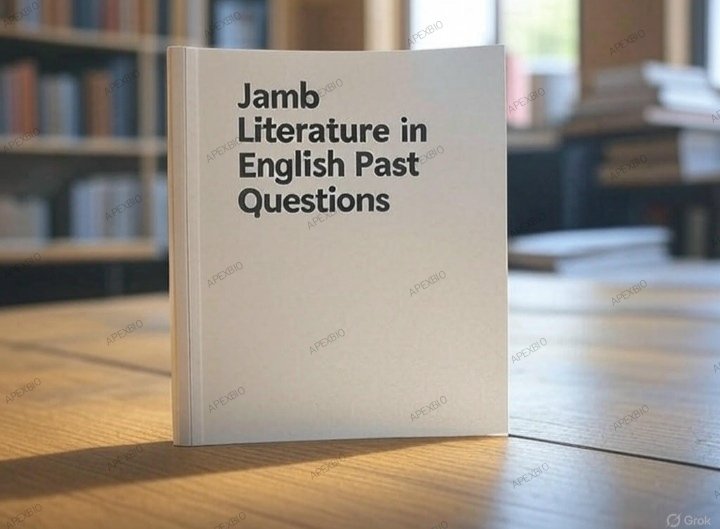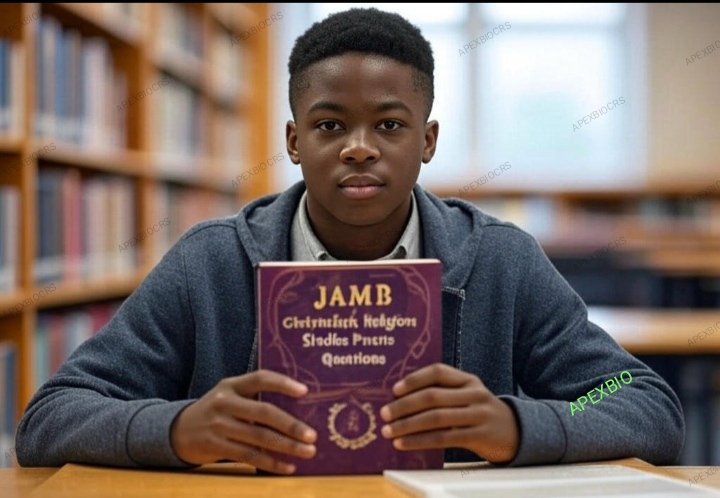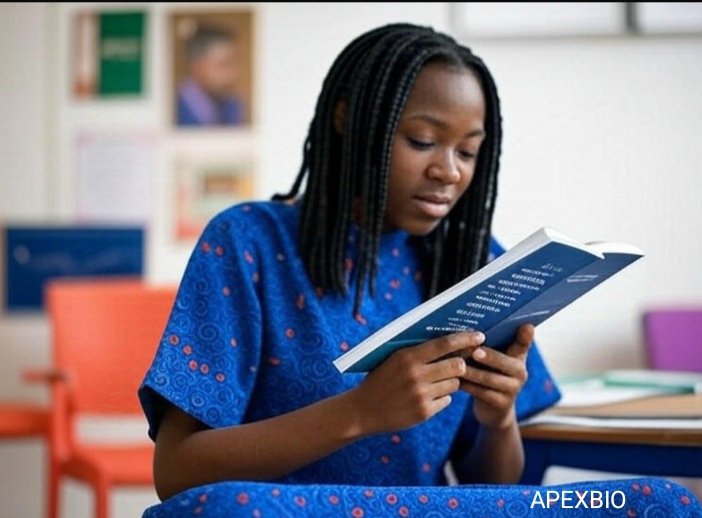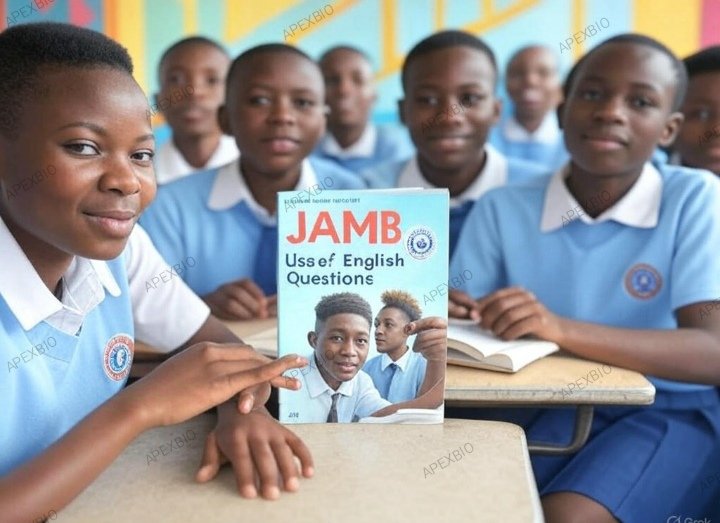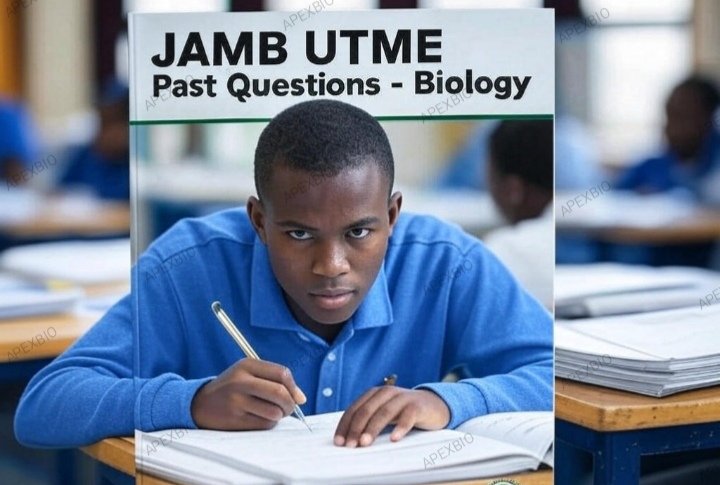Jamb Literature in English Past Questions
Jamb Literature in English past questions is an essential studied in Nigerian secondary schools, mainly by students in the arts. It focuses on the study of prose, drama, and poetry, helping students develop critical thinking, analytical skills, and a deeper understanding of human experiences through written works. Literature is an essential subject for students aspiring to study courses like Law, English, Mass Communication, Theatre Arts, or Creative Writing in the university. It is also a compulsory subject for arts students in exams like WAEC, NECO, and JAMB, as it builds their appreciation of language and storytelling. Efforts should be made to see that the following questions are studied prior to entry to the examination.
SECTION A
- A narrative poem that tells a story is called a
(a) Lyric
(b) Ballad
(c) Ode
(d) Sonnet
The correct answer is: (b) Ballad
- A play that ends unhappily is referred to as a
(a) Tragedy
(b) Comedy
(c) Farce
(d) Melodrama
The correct answer is: (a) Tragedy
- The central character in a story, novel, or play is known as the
(a) Villain
(b) Protagonist
(c) Narrator
(d) Antagonist
The correct answer is: (b) Protagonist
- William Shakespeare is often referred to as
(a) The Father of Poetry
(b) The Bard of Avon
(c) The Romantic Poet
(d) The Poet of Nature
The correct answer is: (b) The Bard of Avon
- The main purpose of satire is to
(a) Entertain
(b) Educate
(c) Mock or criticize
(d) Create suspense
The correct answer is: (c) Mock or criticize
- A direct comparison of two unlike things without using “like” or “as” is called
(a) Simile
(b) Metaphor
(c) Personification
(d) Alliteration
The correct answer is: (b) Metaphor
- The repetition of consonant sounds at the beginning of words is known as
(a) Rhyme
(b) Alliteration
(c) Assonance
(d) Onomatopoeia
The correct answer is: (b) Alliteration
- In drama, a long speech by a character alone on stage is called a
(a) Dialogue
(b) Monologue
(c) Soliloquy
(d) Aside
The correct answer is: (c) Soliloquy
- The perspective from which a story is told is called
(a) Plot
(b) Point of view
(c) Setting
(d) Style
The correct answer is: (b) Point of view
- A short story that teaches a moral lesson is called a
(a) Legend
(b) Parable
(c) Myth
(d) Fable
The correct answer is: (d) Fable
SECTION B
- Which of the following is a theme in Chinua Achebe’s Things Fall Apart?
(a) Racial discrimination
(b) Tradition and change
(c) The American dream
(d) Industrialization
The correct answer is: (b) Tradition and change
- The term “persona” refers to
(a) The author of a poem
(b) The speaker or voice in a poem
(c) The main character in a play
(d) The antagonist in a story
The correct answer is: (b) The speaker or voice in a poem
- A novel written in the form of letters is known as an
(a) Autobiography
(b) Epistolary novel
(c) Allegory
(d) Elegy
The correct answer is: (b) Epistolary novel
- The use of hints or clues to suggest future events in a story is called
(a) Flashback
(b) Irony
(c) Foreshadowing
(d) Symbolism
The correct answer is: (c) Foreshadowing
- The protagonist in William Shakespeare’s Macbeth is influenced by
(a) Banquo
(b) The Witches
(c) Duncan
(d) Malcolm
The correct answer is: (b) The Witches
- In poetry, the term “meter” refers to
(a) The number of stanzas
(b) The rhythmical pattern of stressed and unstressed syllables
(c) The rhyme scheme of the poem
(d) The theme of the poem
The correct answer is: (b) The rhythmical pattern of stressed and unstressed syllables
- A reference to another work of literature, person, or event is called an
(a) Allusion
(b) Allegory
(c) Anecdote
(d) Apostrophe
The correct answer is: (a) Allusion
- In John Keats’s Ode to a Nightingale, the nightingale is a symbol of
(a) Death
(b) Eternal beauty
(c) Love
(d) Fame
The correct answer is: (b) Eternal beauty
- The term “stream of consciousness” refers to
(a) A literary technique that mimics the flow of a character’s thoughts
(b) The description of a river in a story
(c) A chronological narration of events
(d) A third-person narrative style
The correct answer is: (a) A literary technique that mimics the flow of a character’s thoughts
- The three types of irony are
(a) Verbal, situational, and dramatic
(b) Verbal, metaphorical, and tragic
(c) Verbal, classical, and satirical
(d) Verbal, humorous, and romantic
The correct answer is: (a) Verbal, situational, and dramatic
SECTION C
- A work of literature that ridicules human folly is called a
(a) Satire
(b) Comedy
(c) Tragedy
(d) Farce
The correct answer is: (a) Satire
- Which of these is a play by Wole Soyinka?
(a) The Lion and the Jewel
(b) Things Fall Apart
(c) Arrow of God
(d) The Second Coming
The correct answer is: (a) The Lion and the Jewel
- The use of “I” or “we” in narration indicates a
(a) Third-person point of view
(b) Second-person point of view
(c) First-person point of view
(d) Omniscient point of view
The correct answer is: (c) First-person point of view
- A recurring subject, theme, or idea in a literary work is called a
(a) Motif
(b) Symbol
(c) Plot
(d) Tone
The correct answer is: (a) Motif
- The primary conflict in Sophocles’ Antigone is between
(a) Love and hate
(b) Divine law and human law
(c) Life and death
(d) Friendship and betrayal
The correct answer is: (b) Divine law and human law
- The climax of a story is
(a) The beginning of the story
(b) The turning point of the story
(c) The ending of the story
(d) The introduction of characters
The correct answer is: (b) The turning point of the story
- A story where animals act as human beings is called
(a) Parable
(b) Fable
(c) Allegory
(d) Myth
The correct answer is: (b) Fable
- The writer of Pride and Prejudice is
(a) Emily Brontë
(b) Charles Dickens
(c) Jane Austen
(d) George Eliot
The correct answer is: (c) Jane Austen
- A novel that criticizes society is an example of
(a) Satire
(b) Tragedy
(c) Comedy
(d) Farce
The correct answer is: (a) Satire
- The character who opposes the protagonist is the
(a) Hero
(b) Antagonist
(c) Narrator
(d) Mentor
The correct answer is: (b) Antagonists
SECTION D
- In poetry, “imagery” refers to
(a) The visual arrangement of lines
(b) Descriptive language that appeals to the senses
(c) The theme of the poem
(d) The rhyme pattern
The correct answer is: (b) Descriptive language that appeals to the senses
- Animal Farm by George Orwell is an example of
(a) Fable
(b) Allegory
(c) Satire
(d) All of the above
The correct answer is: (d) All of the above
- A character who undergoes significant change in a story is called a
(a) Flat character
(b) Dynamic character
(c) Round character
(d) Static character
The correct answer is: (b) Dynamic character
- The term “diction” refers to
(a) The theme of a story
(b) The writer’s word choice
(c) The plot of the story
(d) The moral of the story
The correct answer is: (b) The writer’s word choice
- The term “hyperbole” means
(a) An exaggerated statement
(b) A comparison using “like” or “as”
(c) A contradictory statement
(d) A symbolic meaning
The correct answer is: (a) An exaggerated statement
- A sonnet typically has how many lines?
(a) 12
(b) 14
(c) 16
(d) 10
The correct answer is: (b) 14
- The central idea of a literary work is referred to as the
(a) Plot
(b) Theme
(c) Setting
(d) Style
The correct answer is: (b) Theme
- Who wrote The Rime of the Ancient Mariner?
(a) William Wordsworth
(b) Samuel Taylor Coleridge
(c) John Keats
(d) Percy Shelley
The correct answer is: (b) Samuel Taylor Coleridge
- A play that pokes fun at human weaknesses is known as a
(a) Melodrama
(b) Farce
(c) Satire
(d) Comedy
The correct answer is: (d) Comedy
- The narrative technique where events are presented in a non-linear order is called
(a) Chronology
(b) Flashback
(c) Foreshadowing
(d) Stream of consciousness
The correct answer is: (b) Flashback
Check out other past questions on
